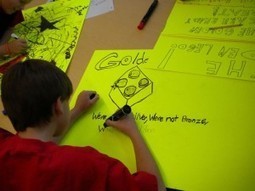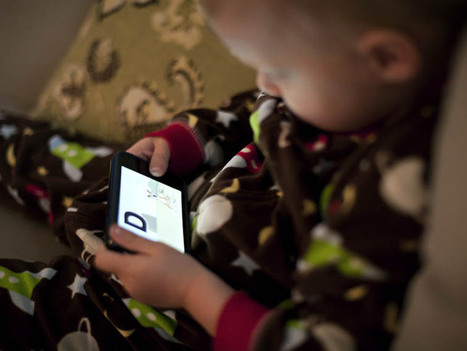What are the stages of technology in learning, and how can these stages be used as a framework for improving learning?
Research and publish the best content.
Get Started for FREE
Sign up with Facebook Sign up with X
I don't have a Facebook or a X account
Already have an account: Login
Tech tools that assist all students to be independent learners & teachers to become better teachers
Curated by
Beth Dichter
 Your new post is loading... Your new post is loading...
 Your new post is loading... Your new post is loading...

Darren Smith's curator insight,
March 13, 2013 11:36 PM
Already use aversion of this with my classes KWIRL. The focus is on the I for inquiry, the HOW? of student engagement, R is knowing exactly what the REPORT form is so that you and students can work together to backward map and co-construct rubrics so that they have an enhanced undressing of what the LEARNT. |

Don Berg's curator insight,
July 10, 2014 3:53 PM
Interesting how much of challenge it is to distinguish between teaching and learning. That is one of the obstacles to getting self-directed learning to become a mainstream feature in schools. |














Good explanation of how to bridge integration to learning
Digital Media, included music, video, game based learning and various digital platforms are discussed in this article about how to effectively integration these technologies into class curriculum.